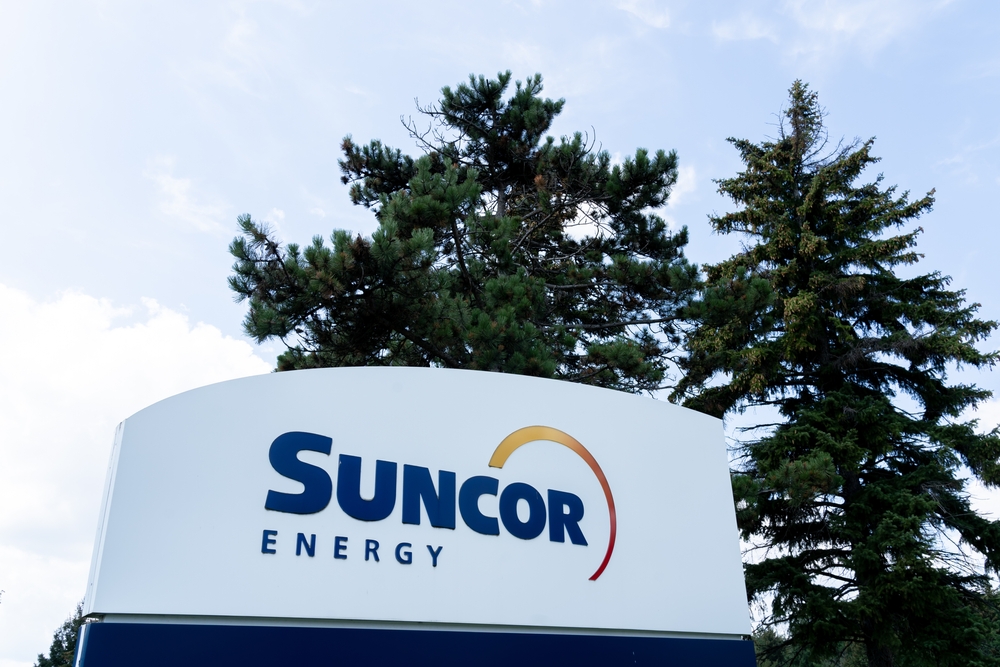On June 9, 2023, the EPA reported on its analysis of operations at Suncor petroleum refinery in Commerce City, Colorado. The analysis was undertaken because Suncor reported more air pollution incidents compared with other refineries.
The Suncor analysis serves as a case study for industry to use to prevent similar compliance issues.
The Agency reported Suncor may be experiencing more air quality incidents because of inadequacies in preventive maintenance, testing, and inspection of liquid level control systems and electrical equipment.
“EPA’s analysis compared the causes and frequency of incidents at Suncor to 11 other refineries nationwide that operate under similar requirements,” an EPA news release says. “The goal is to understand what other refineries might be doing differently to help inform potential measures to reduce air pollution from the Suncor facility.”
“This analysis underscores the importance of our compliance assurance efforts at Suncor in protecting the surrounding community,” EPA Regional Administrator KC Becker says in the release. “We will use this information and other targeting tools to focus our efforts for future inspections and enforcement.”
The EPA, working in coordination with the Colorado Department of Public Health and Environment (CDPHE), conducted the study to better understand why Suncor continues to have air pollution incidents and how Suncor compares with other refineries across the country. The Agency’s analysis considered the root causes identified in an investigation conducted by Suncor’s consultant as part of Suncor’s Settlement Agreement.
In March 2020, the CDPHE announced a historic $9 million settlement at Suncor’s Commerce City location. That previous investigation found underlying issues related to poor communication, unclear delineation of responsibilities, and insufficient processes and resources to prevent issues from becoming more severe.
The settlement specified:
- Suncor agreed to fund $2,624,100 in Supplemental Environmental Projects to benefit the surrounding community. The settlement provides for a community process that involves community members serving on a committee to review and select the projects to implement. These projects will benefit the environment and public health in the areas impacted by the violations.
- Suncor was also required to develop and implement an improved communication system to share information with the public. The settlement dictates that Suncor must work with the community to develop this program. The community will be able to work with Suncor to develop improved channels for rapid messaging, multilingual communication, and other issues.
- Suncor was also required to enlist a third party to conduct a root cause investigation of critical refinery processes to determine the causes of emissions exceedances and to make recommendations to minimize or prevent recurrences. Suncor is obligated to spend up to $5 million to implement the recommendations from the investigation.
- Suncor agreed to increase monitoring for hydrogen cyanide both at the refinery and in the surrounding communities.
- Suncor’s settlement also included the payment of $1 million in cash administrative penalties to the state and $426,705 in stipulated and other cash penalties to the state and the EPA.
“The package of penalties and funding for community environmental projects, totaling $4.05 million, is the largest payment to resolve air quality violations that Colorado has ever required for a single facility,” a CDPHE press release states.
The CDPHE will use the EPA’s analysis to inform future inspections, investigations, permit updates, and enforcement actions with Suncor. The CDPHE is also evaluating its authority to require Suncor to make changes at the facility to prevent these incidents and intends to establish a new refinery expert position within the CDPHE to help improve operations and accountability at Suncor.
The EPA analyzed the frequency of air pollution incidents at the Suncor Refinery, comparing upsets, malfunctions, and excess air emissions at Suncor with incidents at the 11 other refineries. The analysis found that, from 2016 to 2020, Suncor had the greatest number of tail gas incidents that caused releases of excess sulfur dioxide. Suncor also had the second-greatest number of acid gas incidents releasing hydrogen sulfide gas. Suncor was in the middle of the comparison group as having the seventh-greatest number of hydrocarbon flaring incidents out of the 12 refineries.

